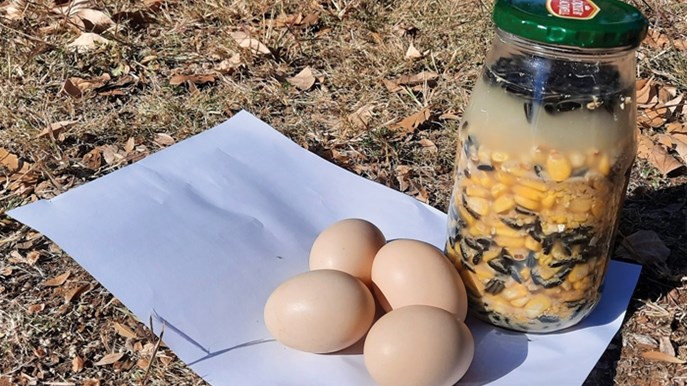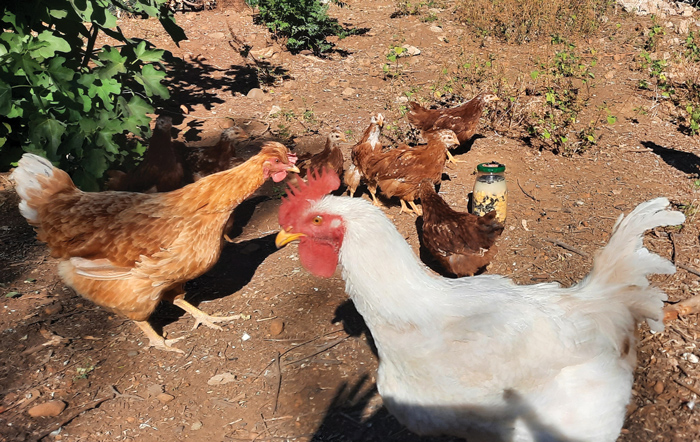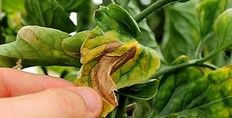Agri Hour
The significance of fermented chicken feed─── ELSABÉ RICHARD 05:00 Wed, 01 Dec 2021

Did you know that chickens love feed that has been fermented for a couple of days?
See PODCAST below
Leonard Thapathi, manager of NWK’s Developing Agriculture Department, reminisces how chickens used to come running whenever they heard the scraping of a pot when he was younger. This merely meant that the pot, that was used to cook pap, was being cleaned after the contents were soaked in water for two days, but for them, it meant another nutritious meal that is easier to digest.
Fermenting chicken feed holds numerous benefits and is an inexpensive way to improve the nutritional value of basic dry feed, says Thapathi. He explains that when the chickens eat the fermented feed, it will increase digestion and adds high nutrient absorption.
Another benefit is that fermented feed adds probiotics to the chicken’s gut, which improves its immune system. This in turn leads to better quality eggs and meat production.
Thapathi says any type of food that chickens traditionally eat can be fermented. However, food such as meat or vegetables (such as onion) should be avoided.
Tips on how to ferment chicken feed:
1. Non-chlorinated water. Thapathi says that tap water is typically not ideal as it is usually chlorinated in order to preserve the water. He advises that if you do not have access to non-chlorinated water, to first boil the tap water and let it cool down before using it to ferment the dry feed.
2. Plastic buckets or a glass jar. Thapathi advises against using metal containers and tins as the reaction from the metal and acid could contaminate the feed.
3. Measurements. Those who are fermenting feed for the first time are advised to only use a third of what they would feed their chickens per day, then pour the water into the plastic bucket or glass jar until the feed is completely submerged. Ensure that a layer of water of about 2 cm to 4 cm is above the feed. This will prevent mould from growing above the feed.
4. Stir. The mixture should be stirred about two to three times a day and water can be added when necessary.
5. Fermentation. Thapathi says that in about two to three days, one would start to notice some bubbles forming above the fermenting feed. Chickens should be fed in three to four days. Some of the water can also be used in the next fermentation process. This will help to speed up the fermentation of the new batch of dry feed.
To read the original article on fermenting chicken feed as well as many other agricultural stories, visit the NWK Arena website.
OFM-nuus















